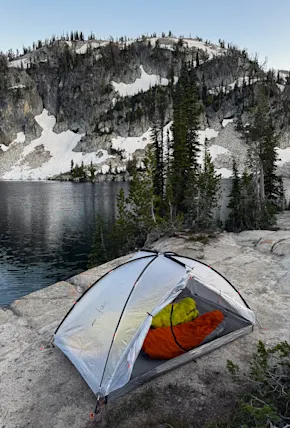For many the thought of backpacking brings up images of 100-pound packs, wildlife encounters, and remote rugged trails fit only for elite outdoorsmen and women. But in reality backpacking is one of the most peaceful and accessible ways to get out and explore the natural world around where you live. Sure, going in on the gear can be expensive at first, but buy right and you’ll be set for life. Learning the ins and outs of how to make the most of your time on the trail though, that comes with experience.
To help, we compiled an easy list of 9 hacks for better wellbeing while backpacking—handy for both novice backpackers and seasoned vets alike. Enjoy.















